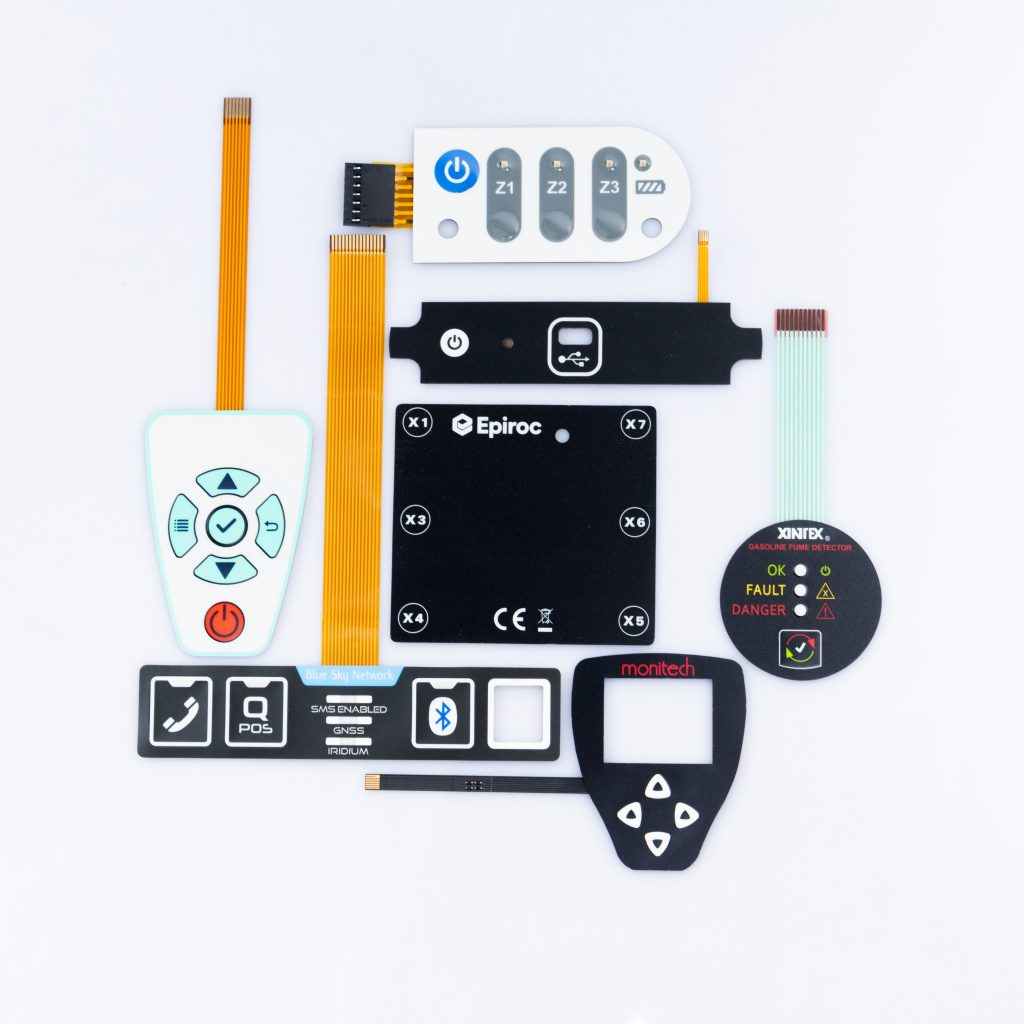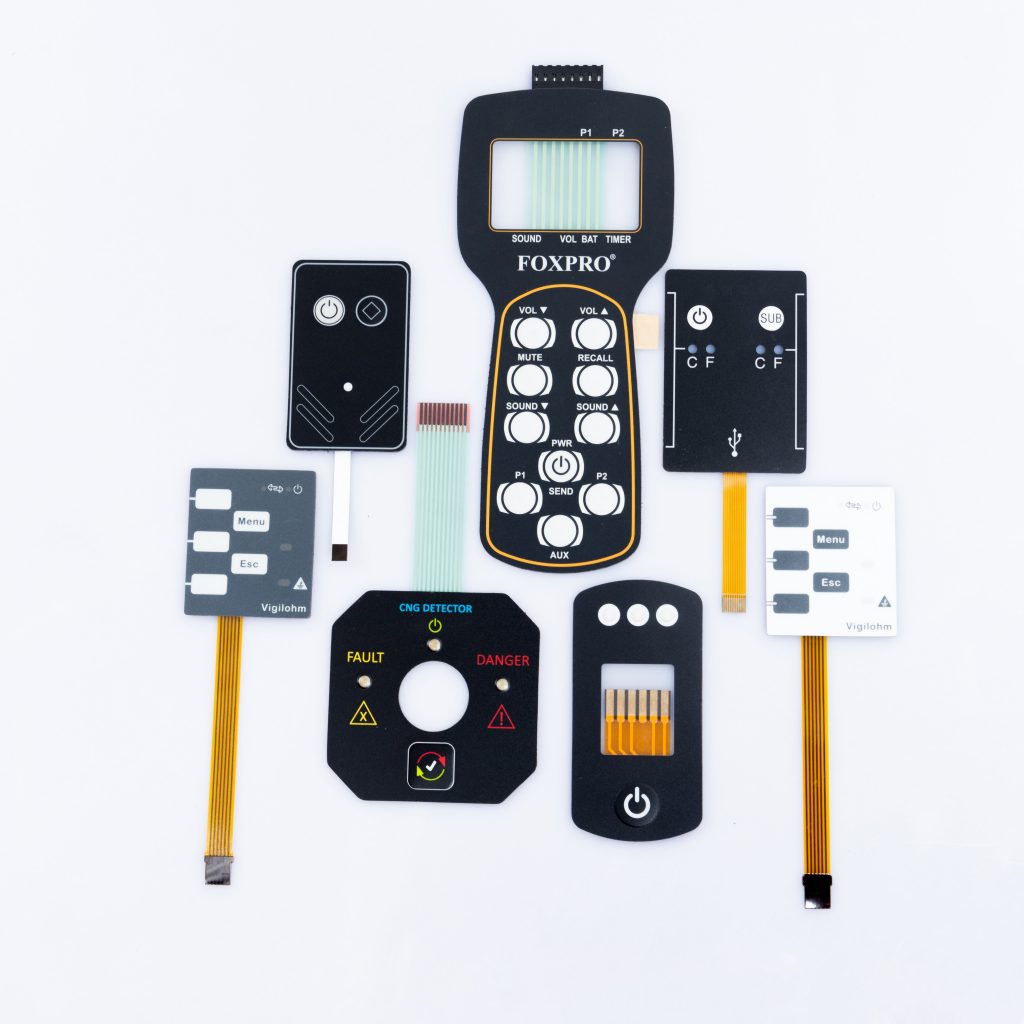Contact
Write to Us And We Would Be Happy to Advise You.
Do you have any questions, or would you like to speak directly with a representative?
By hqt
The performance of medical devices, particularly in critical applications, hinges significantly on their electrical properties. Among these, electrical resistance is a key factor. Flex copper circuits, known for their low electrical resistance, bring substantial benefits to medical devices. This article explores how this low resistance enhances the functionality and reliability of medical equipment.



Electrical resistance measures how much a material opposes the flow of electric current. Lower resistance means electricity can pass through a material more easily, leading to more efficient operation of the circuit.
Flex copper circuits, made from thin layers of copper, are renowned for their low resistance. This characteristic is particularly advantageous in medical devices for several reasons:
Enhanced Electrical Efficiency: Low resistance in flex copper circuits ensures that electrical currents flow more efficiently. This efficiency is critical in medical devices, where even minor fluctuations in power can lead to inaccuracies.
Improved Signal Accuracy: Many medical devices rely on the transmission of electrical signals for diagnostics or monitoring. The low resistance of flex copper circuits ensures clearer signal transmission, reducing the risk of signal loss or interference, crucial in devices like ECG monitors or brain wave scanners.
Reduced Power Consumption: Devices with lower resistance consume less power. In battery-operated medical devices, this translates to longer battery life, a vital aspect in portable or emergency medical equipment.
Consider a heart defibrillator, which relies on precise electrical currents to function. The low resistance of flex copper circuits ensures that the device can deliver accurate and consistent shocks, which can be lifesaving in cardiac emergencies.
The low electrical resistance of flex copper circuits plays a crucial role in enhancing the performance and reliability of medical devices. In the world of medical technology, where precision and reliability are paramount, this characteristic of flex copper circuits makes them an ideal choice for a wide range of medical applications.
In summary, the low electrical resistance of flex copper circuits brings several benefits to medical devices, including enhanced efficiency, improved signal accuracy, reduced power consumption, consistent performance, and extended device lifespan. These benefits are crucial in ensuring the safety, reliability, and effectiveness of medical equipment in critical care situations.
Do you have any questions, or would you like to speak directly with a representative?